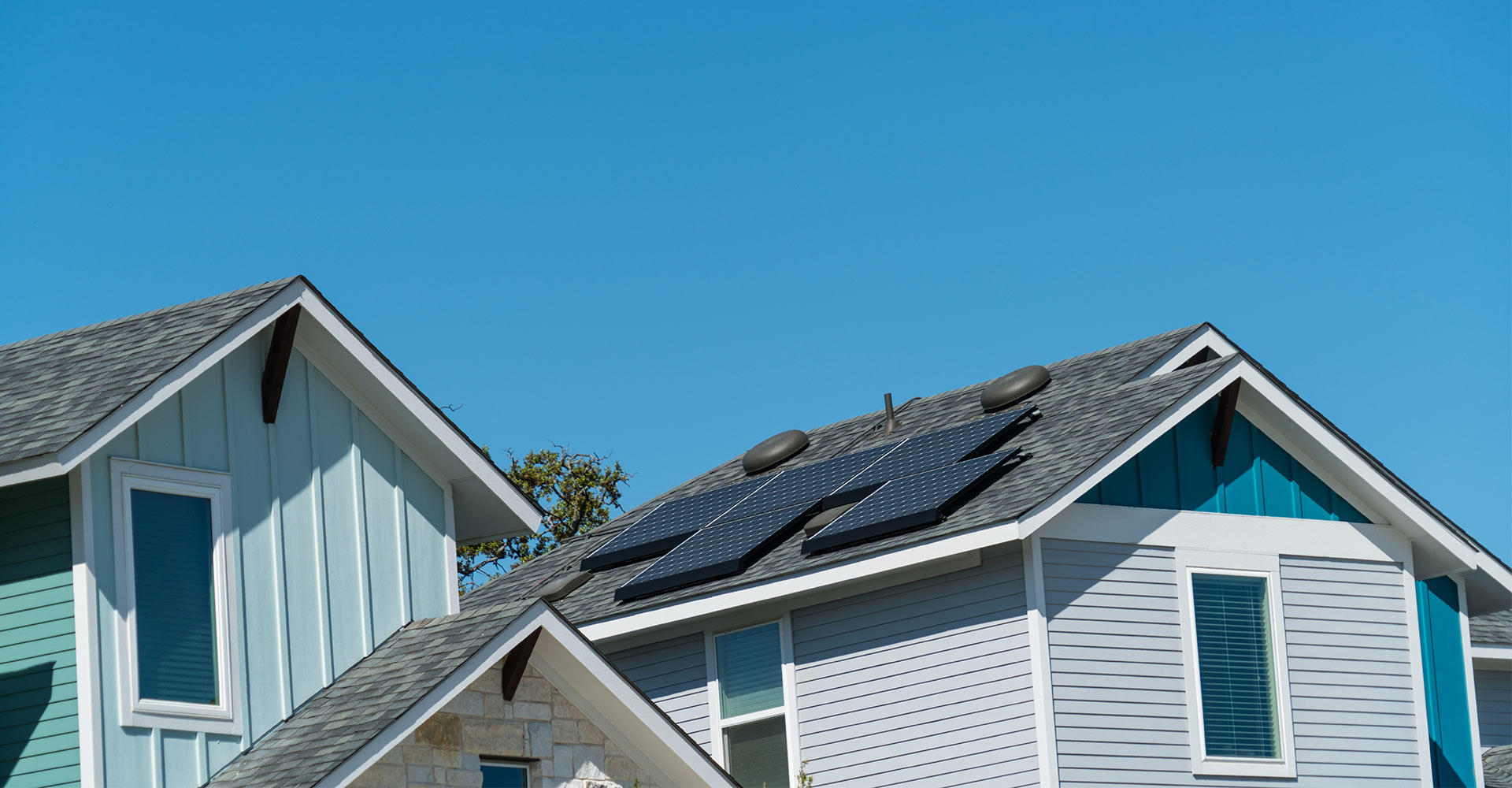How Do Solar Panels Work?
It’s easy to understand what a solar panel does, but it’s harder to understand how exactly they do it. We all know that our solar panels provide electricity, but what happens to turn sunlight into power that we can use to turn on our air conditioning? If you’re feeling confused about how solar panels work, don’t worry — we’re here to walk you through the nitty gritty of how energy gets from the sun to your outlet. Let’s dive in!
How are solar panels made?
In order to understand solar energy, you must first understand how solar panels are made. Solar panels are composed of photovoltaic (PV) cells that are responsible for turning light into power. The word “photovoltaic” refers to this duty, meaning to produce a voltage when exposed to radiant energy like light.
Each PV cell consists of two thin sheets of semiconducting material, primarily silicon. These silicon sheets are “doped” with impurities to improve their conductivity, allowing them to maintain a charge. The top layer is doped with boron to create a positive charge (the P layer), while the bottom layer is doped with phosphorus to create a negative charge (the N layer). This works similarly to the way that a magnet would, because these opposite charges create an electric field where electrons can flow.
In this electric field created at the P-N junction, electrons are constantly traveling. Due to the nature of the charges, they will flow from the top P layer to the bottom N layer. When sunlight hits a panel, things start to change. The energy from the sunlight knocks electrons out of their normal orbit, and the introduction of this new opposite charge makes the electrons want to change their flow to start at the bottom N layer and end at the top P layer. The electric field at the P-N junction prevents this, but an external circuit is installed to allow for this movement, which in turn creates electricity.
How does sunlight turn into solar energy?
Now that we have electricity, we have to get it to the outlet. The electricity that hits the solar panels is direct current (DC) electricity, which is not usable in homes. The inverter that is installed with your solar energy system will convert this DC electricity to alternating current (AC) electricity, allowing it to be used by your home.
The process isn’t done once the electricity is in your home, though. As long as you’re still “on the grid,” your electricity still goes through your utility meter. Depending on the time of year, your solar production and your energy usage, you may need more or less energy from your utility company. If you underproduce, your utility company will supply you with energy to use. If you overproduce, your excess energy is sent through the grid to be stored and used later. These stores of energy can be rolled into credits for you to use on future utility bills. These credits often pay for utility bills in months where you do not produce enough, helping to neutralize the cost of going solar. This is called Net Metering.
Curious what solar can do for you and your home? Use our Solar Savings Calculator and see your potential savings add up.
If you’re ready to learn more about going solar, contact us today. The experts at Sun Solar are prepared to answer any questions you may have.
